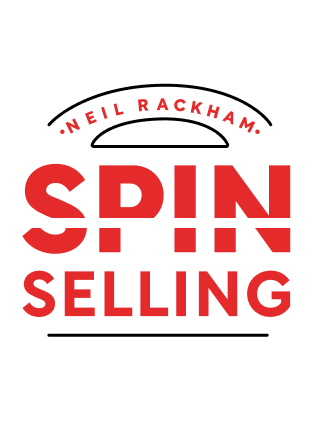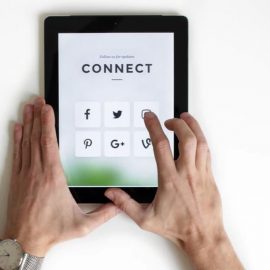

This article is an excerpt from the Shortform summary of "Spin Selling" by Neil Rackham. Shortform has the world's best summaries of books you should be reading.
Like this article? Sign up for a free trial here .
What are implied needs in a sales interaction? Why do you need to be able to understand them?
Implied needs are one type of customer motivation in sales. Customers will enter into a sales interaction for many reasons, some more complex than others. As the salesperson, you need to understand the implied needs and explicit needs.
Implied and Explicit Needs
There are two types of needs: implied needs (or implicit needs of customers) and explicit needs. In small versus large sales, they play out differently.
- Implied needs are problems and frustrations expressed by the customer—for instance, “I’m not happy with the quality our press is producing,” or “Our system creates too much waste.”
- Explicit needs are strong wants or desires expressed by the customer—for example, “We need a more efficient system,” or “We have to cut our procurement costs.”
In small sales, implied needs can result in sales success without further development into explicit needs. In fact, the more implied needs a rep can uncover, the greater the chances of making a sale. In these sales, implied needs are “buying signals,” or behavioral cues that the customer wants to buy; however, in large sales, this isn’t the case.
In large sales, the relationship between implied needs (customer problems) and making a sale is weaker. The number of needs you uncover has no bearing on sales call results.In a large sale, these needs are a starting point requiring further development into explicit needs. The quantity of needs you uncover isn’t important; it’s how you develop the
The Value Equation
Implied needs don’t predict success in major sales because customers make buying decisions based on a value equation, in which they weigh the seriousness of their problem against the cost of the solution.
When the solution doesn’t cost much, weaker needs can tip the scale toward buying. But when the solution is expensive, the buyer must feel a much stronger need in order to be motivated to buy. She asks herself: is the problem big enough to warrant paying this much?
Here’s an example of how the value equation works. When pocket calculators were first introduced at a trade show, the manufacturer sold out in just a few hours. The manufacturer created an immediate implied need by generating dissatisfaction with large, clunky adding machines. Further, the calculator was a fifth of the cost of the desktop machine. The implied need or problem—a cumbersome machine—was bigger than the cost of fixing it by buying a pocket calculator. But if the pocket calculator had cost more than an adding machine, the need would have to be perceived as bigger to justify spending more money on it.
- If the cost is high, but the need/problem is perceived to be small, there won’t be a sale.
- If the cost of the solution is low for the size of the problem, you’ll make a sale.
Thus in small sales where the price is lower (as with the first pocket calculator), implied needs are often enough to nudge the customer to buy—and the more of these needs you can uncover, the better your chances of selling.
But in a major sale, you have to build the implied need into something bigger and more urgent—an explicit need—so that the size of the problem, as well as the risk the customer is taking, justifies the cost of your solution.
Explicit Needs and Success
In small sales, both implicit needs of customers and explicit needs predict sales success. A questioning approach that uncovers problems (implied needs) and provides an answer makes the sale.
However, in large sales, only explicit needs predict success. Reps need to use a more advanced questioning strategy to both uncover implied needs and convert them to explicit needs.
Implied Needs and Buying Signals in the Major Sale
As previously noted, in small sales, implicit needs of customers are reliable buying signals (indications the customer wants to buy or advance the sale). The more often a customer agrees that he has a need/problem, the greater the probability of a sale.
But in large sales, explicit needs are the buying signals. In assessing whether a call has been successful, experienced sales reps want to see explicit needs, while less experienced reps may count implied needs as indicating success.
Needs development—making the customer’s problem so big that he has to act on it—is the critical selling skill in major sales.
Implied needs can be tricky. As you practice SPIN selling, work on recognizing implied needs, and acting on them.

———End of Preview———
Like what you just read? Read the rest of the world's best summary of Neil Rackham's "Spin Selling" at Shortform .
Here's what you'll find in our full Spin Selling summary :
- What the SPIN in SPIN Selling stands for
- How to demonstrate real value to the person you're selling to
- How to get commitment from your customer to close the sale fast






